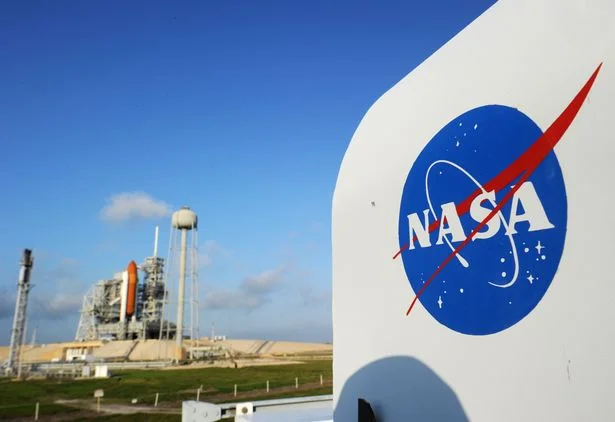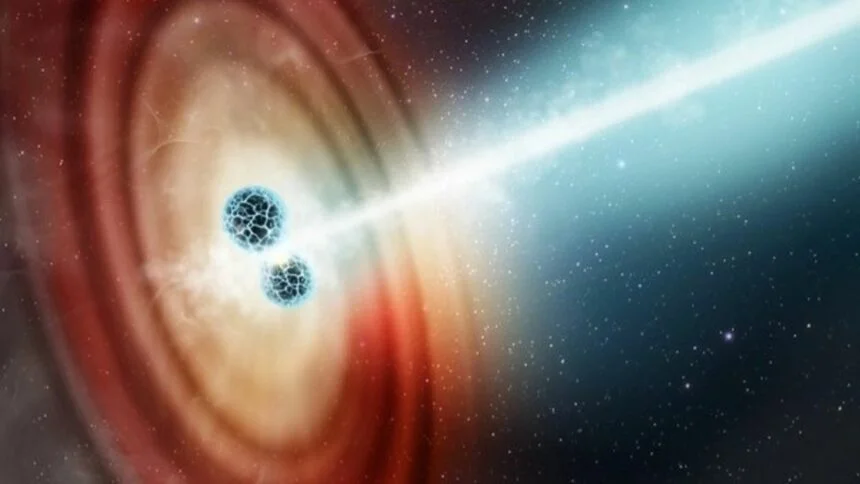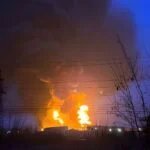A NASA telescope captured a space explosion that looked to depict a jet stream moving faster than 99.97% of the speed of light. However, due to the illusion of “superliminal” motion, it only appeared to be traveling at seven times the speed of light.
A blast similar to a supernova explosion was produced by the collision of two neutron stars.
The Hubble Space Telescope captured images of the GW170817 event in August 2017, but it has taken scientists until today to completely explain what happened, with their results published in the Nature journal.
Even though neutron stars would weigh more than the Sun due to their enormous density, they might fit inside the city of New York. Neutron stars are the remaining cores of huge stars that have burst.

In other words, a teaspoon of a neutron star’s surface material would be at least four billion tonnes dense on Earth.
As a result, when two neutron stars were detected colliding, it caused an incredibly large explosion, according to NASA, which also stated that the gravitational waves caused by the collision “ripple the very fabric of time and space.”
The GW170817 incident was also the first occasion in which gravitational waves and gamma radiation from a neutron star collision were simultaneously detected.
It witnessed a jet stream of radiation traveling at 99.97% of the speed of light, just short of the speed of light.
According to a NASA press release, “Astronomers used Hubble to measure the motion of a blob of material the jet slammed into, which moved outward as the jet rocketed away from the site of the explosion like a leaf caught on a water spray from a garden hose.
A 12-inch pizza put on the Moon as seen from Earth would have the same diameter as the blob’s trajectory, according to the incredible precision acquired from Hubble and radio telescopes. In the continuous study of neutron star collisions, which continue to reverberate across the universe, this marked a turning point.












